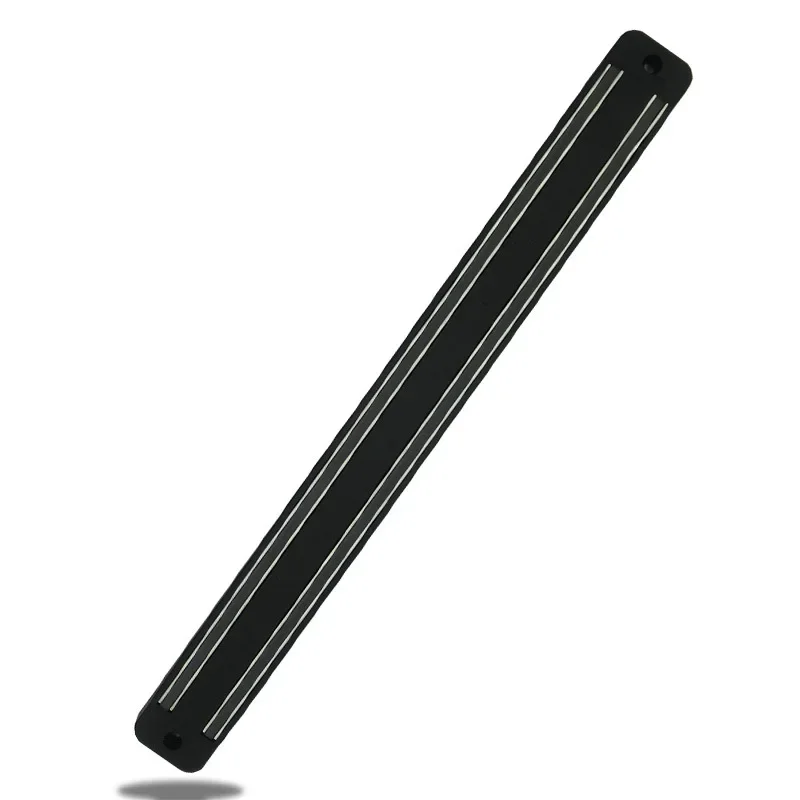 Introduction:
Introduction:
Installing kitchen cabinets is an essential part of any kitchen renovation or remodeling project. With the right tools, materials, and a clear plan, you can transform your kitchen and create a functional and aesthetically pleasing space. In this article, we will provide a step-by-step guide for install kitchen cabinets. From preparation and measuring to securing and leveling the cabinets, let’s explore the process of install kitchen cabinets to achieve the kitchen of your dreams.
 Some common materials used for kitchen cabinets:
Some common materials used for kitchen cabinets:
Kitchen cabinets are available in a variety of materials, each with its own characteristics, durability, and aesthetic appeal. Here are some common materials used for kitchen cabinets:
Solid Wood:
Solid wood cabinets are highly sought after for their natural beauty and durability. Woods such as oak, maple, cherry, and birch are popular choices. Solid wood cabinets can be stained or painted to achieve a desired finish and can be refinished or repaired if needed.
Plywood:
Plywood cabinets consist of multiple layers of wood veneers bonded together with adhesive. This construction technique provides strength and stability to the cabinets. Plywood cabinets are warp-resistant and have a smoother and more consistent appearance compared to solid wood.
Medium Density Fiberboard (MDF):
MDF is a composite material made from wood fibers and resin, compressed under high pressure and heat. It is known for its smooth surface and uniformity. MDF cabinets are less prone to expansion and contraction due to changes in temperature and humidity compared to solid wood.
Particleboard:
Particleboard is made from compressed wood particles and resin. It is a more economical option compared to solid wood or plywood. Particleboard cabinets are less resistant to moisture and can be susceptible to damage from water or excess humidity if not properly sealed.
Stainless Steel:
Stainless steel cabinets offer a sleek and modern look in the kitchen. They are highly durable, resistant to stains and moisture, and easy to clean. Stainless steel cabinets are commonly used in commercial kitchens but can also be utilized in residential settings for a contemporary style.
The choice of cabinet material depends on factors such as budget, desired aesthetic, durability, and maintenance requirements. It is important to consider these factors and consult with a professional or a kitchen designer to select the most suitable material for your specific needs and preferences.
 Introduction to install kitchen cabinets
Introduction to install kitchen cabinets
Installing kitchen cabinets involves attaching the cabinets to the walls and ensuring they are level, secure, and properly aligned.
A. Importance of Proper Installation: Properly installed kitchen cabinets provide storage space, functionality, and create an organized and efficient kitchen layout.
B. Basic Tools: For installing kitchen cabinets, you will need tools such as a drill, tape measure, level, screwdriver, and a stud finder.
C. Prior Planning: Plan the layout and design of your kitchen cabinets, taking accurate measurements and considering factors such as ventilation, electrical outlets, and plumbing.
Preparing the Kitchen Space for install kitchen cabinets
Before install kitchen cabinets, it is crucial to prepare the kitchen space adequately.
A. Remove Old Cabinets: If you have existing cabinets, remove them carefully, making sure to disconnect any plumbing or electrical connections.
B. Inspect the Walls: Inspect the walls for any damage or imperfections, and repair and patch them as necessary.
C. Mark the Layout: Use a pencil and a measuring tape to mark the layout of the cabinets on the walls, ensuring accurate placement and spacing.
Installing Upper Cabinets
Installing upper cabinets requires careful measurements and proper anchoring.
A. Locate Wall Studs: Use a stud finder to locate the wall studs, which provide the most secure points for anchoring the cabinets.
B. Mark Cabinet Heights: Measure and mark the desired height for the upper cabinets, ensuring they are level and aligned.
C. Secure the Cabinets: Drill pilot holes through the back of the cabinets and into the wall studs, then attach the cabinets to the wall using screws.
Installing Lower Cabinets
Installing lower cabinets follows a similar process to upper cabinets, with additional consideration for leveling and support.
A. Attach Base Cabinets: Use shims to level the base cabinets, then secure them to the wall and to each other using screws.
B. Check Alignment: Use a level to ensure the cabinets are plumb and level both vertically and horizontally.
 Adding Cabinet Doors, Shelves, and Hardware
Adding Cabinet Doors, Shelves, and Hardware
After install kitchen cabinets, focus on adding the finishing touches for functionality and aesthetics.
A. Install Cabinet Doors: Attach hinges to the cabinet frames and hang the doors carefully, ensuring they open and close properly.
B. Add Shelves: Install adjustable shelves inside the cabinets to maximize storage and customize the space according to your needs.
C. Install Cabinet Hardware: Attach handles, knobs, or pulls to the cabinet doors and drawers to complete the look and improve functionality.
Finishing Touches and Cleanup
Complete the installation by addressing any remaining tasks and ensuring a clean and tidy space.
A. Secure Loose Ends: Check for any loose screws or fittings and tighten them as necessary.
B. Caulking and Trimming: Apply caulk along the seams of the cabinets and where they meet the walls or countertops to create a finished look.
C. Clean Up: Remove any debris or dust from the installation, leaving your kitchen clean and ready for use.
Locations of install kitchen cabinets:
Wall Cabinets:
They provide storage for frequently used items, such as dishes, glassware, and cooking utensils.
Pantry Cabinets:
They are often tall and narrower than other cabinets, providing ample vertical storage space for canned goods, dry ingredients, and other pantry essentials.
Island Cabinets:
In kitchens with an island, cabinets can be incorporated into the island structure. These cabinets can serve as additional storage space or as a base for the island’s countertop, creating a convenient area for meal preparation, dining, or socializing.
Corner Cabinets:
often feature specialized storage features such as rotating shelves or pull-out drawers to optimize accessibility and organization.
It’s important to consider the layout and functionality of your kitchen when determining the placement of cabinets.
 Conclusion
Conclusion
Installing kitchen cabinets is a crucial step in creating a functional and visually appealing kitchen. With proper planning, measurements, and the right tools, you can successfully install your kitchen cabinets and transform your kitchen space. Follow the step-by-step guide outlined in this article, ensuring that cabinets are level, secure, and aligned properly. By taking your time and paying attention to detail, you can achieve a kitchen that meets your needs and enhances your daily life. Enjoy your newly installed cabinets and the functional and beautiful kitchen space they create.



